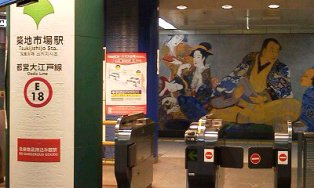It is very rare in St. Luke's International Hospital, but there are two galleries in the sense of therapy to patients proposed by Dr. Shigeaki Hinohara.
In addition to paintings such as pastel paintings, there are a number of works that heal people's hearts, such as handmade accessories and handicrafts such as accessories.
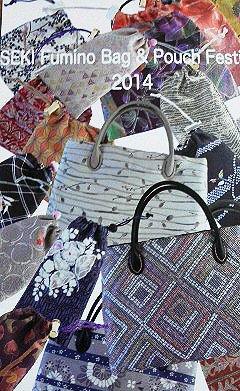 The first gallery next to the cafeteria on the first floor will be held from August 4 (Mon) to 9 (Sat).
The first gallery next to the cafeteria on the first floor will be held from August 4 (Mon) to 9 (Sat).
"Seki Bunno Bag & Pouch Festival" will be held.
Seki's parents' house is Minori, a bag shop that used to be located in Ginza 7-chome.
The shop has closed its 98-year history and is currently selling online as a "Minori" brand, but she grew up on the top floor of a shop just on Ginza Street.
In the past, it was a multi-purpose house, so there were quite a few people who actually lived in the middle of Ginza, and she is such a genuine "Ginza kid".
Seki, who studied design at Joshibi University of Art and Design and Tokyo University of the Arts Graduate School, began to be interested in cloth and dyeing while at school, and this time he was entrusted with a large amount of dyeing samples from a dye shop introduced by an acquaintance. For this reason, we decided to hold a "bag & pouch festival" with original bags with a taste of "wa" full of Edo atmosphere.
There are obstetrics in the hospital, so cute items for small children are also available.
Also, depending on the color and pattern, there are some items that can be used stylishly by men.
Speaking of me, when I was young, the kimono became flashy and couldn't wear it, but I couldn't dispose of it because I had memories, and when I consulted Seki about what to do, the kimono was a parasol and the haori was a small bag I made it back.
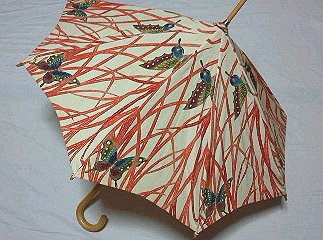
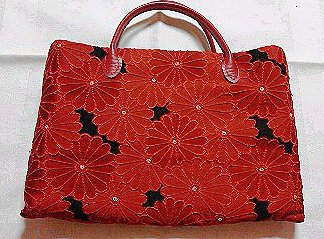
At that time, Mr. Seki said, "If you face the cloth carefully, the cloth will tell you what to do in the meantime."
In this guide, it was written that "I made the encounter between the sensibility and cloth cultivated in Ginza", but as the words implies, I think that a wonderful world of works will be unfolded.
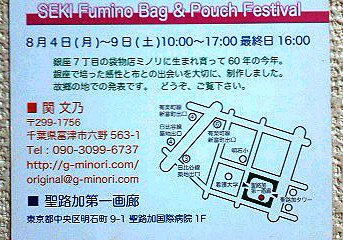
Seki Bunno Bag & Pouch Festival
From August 4 (Mon) to 9 (Sat)
From 10:00 to 17:00 (the last day ends at 16:00).
St. Luke's First Gallery
9-1, Akashicho, Chuo-ku
1F of St. Luke's International Hospital
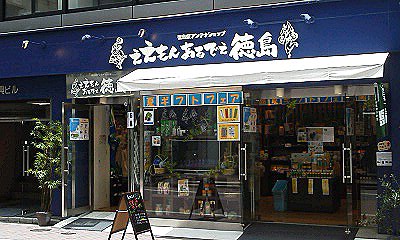
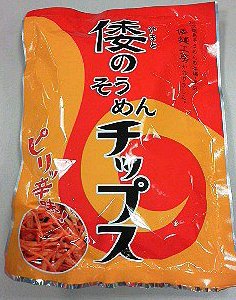
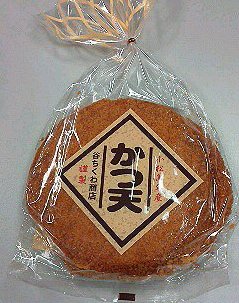
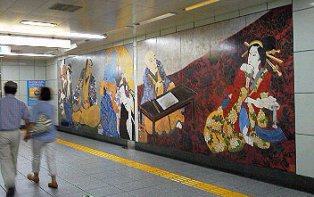
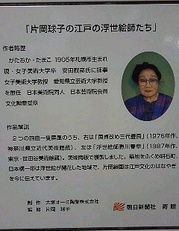
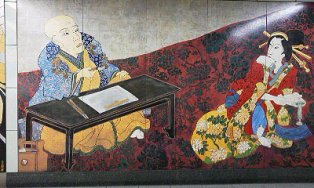 "Kunisada Reform, Toyokuni Midai,"
"Kunisada Reform, Toyokuni Midai,"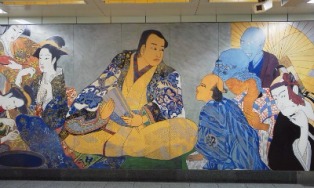 "Ukiyo-e artist Shunsho Katsukawa"
"Ukiyo-e artist Shunsho Katsukawa"